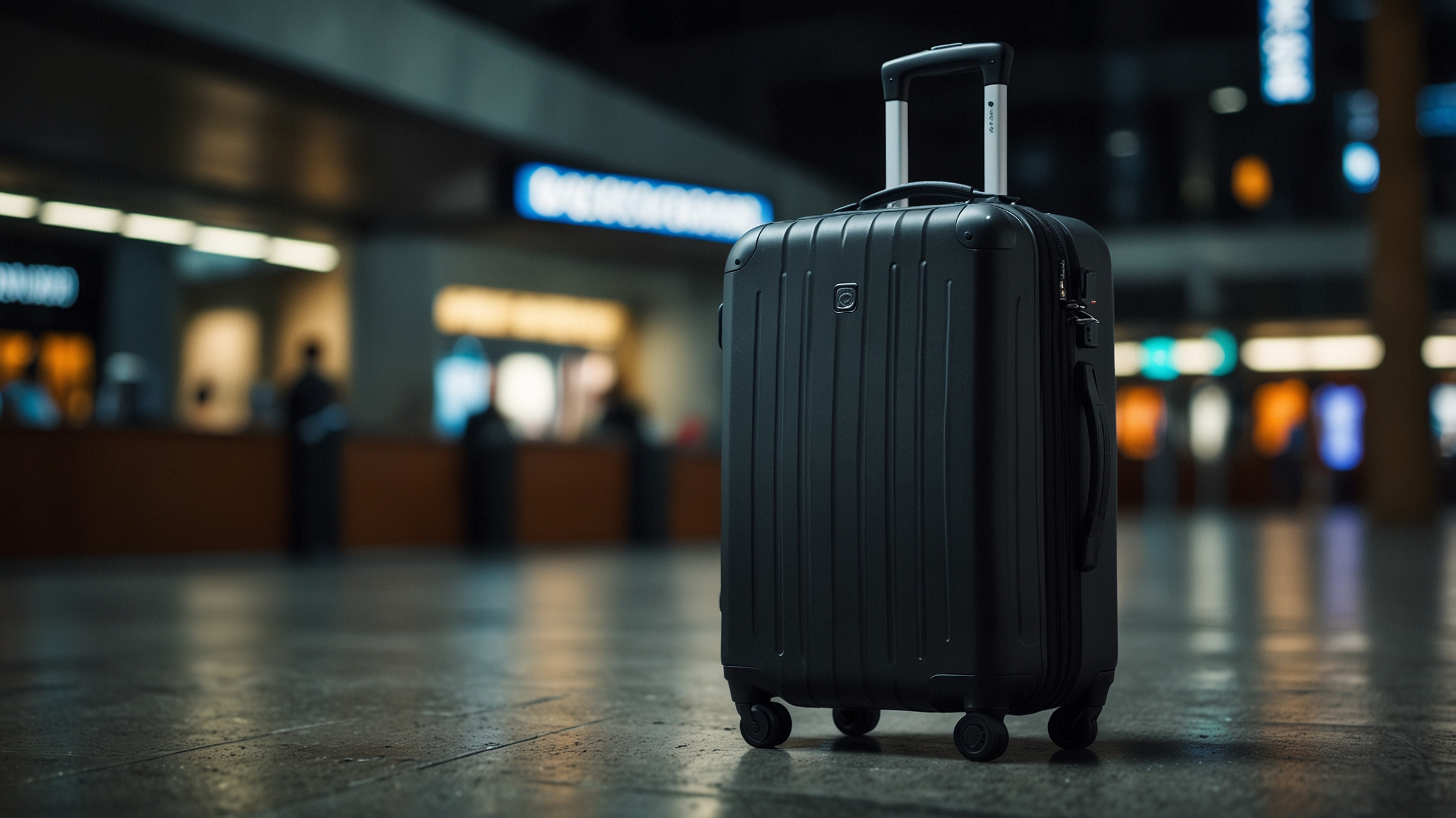Imagine being able to test out a new office design, a workflow change, or even a company policy before making it real. What if you could predict how employees would interact with new technology or how a new desk layout might impact productivity? Thanks to digital twin technology, this kind of insight is now possible.
Digital twins, once used mostly in industries like manufacturing or aviation, are now entering the modern workplace. They’re transforming how companies design office spaces, improve employee experiences, and boost productivity. In simple terms, they are helping businesses create smarter, more responsive work environments.
What Is a Digital Twin?
A digital twin is a virtual model of a physical object or system. It uses real-time data, sensors, and simulations to mirror what’s happening in the real world. While the concept started in engineering—think of virtual replicas of jet engines or wind turbines—it’s now being applied to people and places too, including office buildings and employee behavior.
In the workplace, a digital twin can replicate everything from the physical layout of the office to how employees move, communicate, and interact throughout the day.
How It Works
To build a digital twin of a workplace, companies start by gathering data. This might include:
-
Floor plans and furniture layouts
-
Wi-Fi and badge access logs to see movement
-
Environmental sensors that track lighting, temperature, and air quality
-
Meeting room usage and desk occupancy
-
Employee surveys or feedback
Once the data is collected, it’s fed into a digital platform that creates a detailed, interactive simulation of the workspace. From there, companies can run experiments—like moving teams closer together, changing lighting, or adjusting temperature settings—to see how these changes might affect comfort, collaboration, or output.
Simulating Human Behavior
One of the most exciting parts of workplace digital twins is their ability to simulate employee behavior. Using AI and historical data, companies can model:
-
How long employees spend at their desks vs. in meetings
-
Which departments collaborate most often
-
How remote work policies affect in-office activity
-
What times of day are busiest in break rooms or elevators
These models help companies make informed decisions about everything from office design to staffing and scheduling. The goal isn’t to monitor people, but to optimize the environment so workers feel more productive, comfortable, and engaged.
Real-World Uses
Here are a few examples of how digital twins are being used in workplaces today:
1. Smarter Office Design
Before renovating an office, companies can simulate different layouts. They can test whether adding more collaborative spaces or private pods improves focus and satisfaction—without spending money on construction first.
2. Energy Efficiency
By modeling heating, cooling, and lighting patterns, businesses can reduce energy costs and create more sustainable workspaces. They can even simulate what happens when more people work from home vs. in the office.
3. Emergency Planning
Digital twins help companies prepare for emergencies like fire evacuations or health-related lockdowns. They can simulate traffic flow and crowd behavior to improve safety procedures.
4. Hybrid Work Optimization
As hybrid work becomes more common, digital twins help companies decide how much office space they really need. They can predict peak office days, manage desk-sharing, and improve employee scheduling.
Benefits
-
Data-Driven Decisions: Companies can stop guessing and start testing.
-
Cost Savings: Avoid expensive changes that don’t work out.
-
Improved Productivity: Better layout and design can enhance focus and teamwork.
-
Employee Wellbeing: Simulations can identify and improve comfort issues like lighting, noise, and temperature.
-
Sustainability: Optimize energy use and reduce waste.
Challenges to Consider
Despite the benefits, using digital twins in the workplace does raise some questions:
-
Privacy: Tracking employee movement and behavior must be done ethically and transparently.
-
Data Security: Protecting the sensitive data that powers digital twins is essential.
-
Cost and Complexity: Building and maintaining accurate digital twins can be expensive for smaller companies.
-
Change Management: Employees may need time and training to adjust to data-driven workplace changes.
The Future of Work, Simulated
Digital twins are not about replacing people—they’re about enhancing experiences. As workplaces become more dynamic and flexible, businesses need tools to test and adapt quickly. Digital twins offer a low-risk, high-reward way to try new things without disrupting employees or operations.
In the future, we may see digital twins used not just by large corporations, but by small businesses, coworking spaces, and even schools. With AI and sensor technology becoming more affordable, it’s only a matter of time before the digital twin becomes a standard workplace tool.
Final Thought
Digital twins are changing the way we think about the office—not just as a physical space, but as a living system that can be tested, improved, and personalized. By simulating spaces and behaviors, companies can make smarter choices, support their teams better, and build a workplace that truly works for everyone.














